Installation and Maintenance of Point Focusing Horn Lens Antenna: Best Practices
The Point Focusing Horn Lens Antenna represents a pinnacle of precision engineering in microwave technology, offering unparalleled signal concentration capabilities essential for advanced telecommunications and research applications. Proper installation and maintenance of these sophisticated components are crucial to ensure optimal performance and longevity. This comprehensive guide explores best practices for professionals working with these specialized antennas, covering everything from site preparation and alignment techniques to preventive maintenance protocols and troubleshooting methodologies. Whether you're integrating these antennas into satellite communication systems, research facilities, or specialized testing environments, understanding these practices will help maximize performance while minimizing downtime and operational issues.
Optimal Installation Procedures for Point Focusing Horn Lens Antennas
Site Preparation and Environmental Considerations
Proper site preparation is the foundation for successful installation of Point Focusing Horn Lens Antennas. The environment where these precision instruments operate significantly impacts their performance and longevity. Begin by selecting a location that minimizes exposure to extreme weather conditions while providing adequate accessibility for maintenance. For outdoor installations, ensure the mounting structure has sufficient stability to withstand wind loads without introducing vibration, which can disrupt the critical focal point alignment of the antenna. The mounting surface must be perfectly level, with deviations of less than 0.5 degrees, as even minor misalignments can significantly affect the antenna's performance. Environmental factors such as humidity, temperature fluctuations, and dust concentration should be assessed and mitigated through appropriate protective measures. Advanced Microwave Technologies' Point Focusing Horn Lens Antennas are engineered with rugged materials to withstand challenging environments, but optimal site selection remains crucial. For applications involving material testing or specialized research, consider the need for controlled environments that minimize external signal interference. Remember that the Point Focusing Horn Lens Antenna creates a precise focal spot designed to specific customer requirements, making the environmental stability of the installation site paramount to maintaining this precision over time.
Precision Mounting and Alignment Techniques
The exceptional performance of Point Focusing Horn Lens Antennas depends critically on precise mounting and alignment. These antennas, composed of conical or conical-corrugated horns and convex lenses, generate a focused beam that forms a specific focal spot at the designed distance. This specialized configuration requires exacting installation procedures. Begin by using laser alignment tools to establish reference points corresponding to the intended signal path. The antenna mount should incorporate fine adjustment mechanisms allowing for minute corrections in azimuth, elevation, and rotation. When installing, secure the base mount first, ensuring it's perfectly level using calibrated spirit levels. Then attach the antenna through vibration-dampening connectors that prevent environmental vibrations from affecting alignment. For optimal performance, the focal length and diameter size of Advanced Microwave's Point Focusing Horn Lens Antennas can be customized according to specific requirements, allowing for perfect adaptation to your application needs. When aligning two Point Focusing Lens Antennas for transmission studies, ensure their focal points precisely overlap, as this minimizes transmission loss between the two units. This characteristic makes these antennas ideal for studying microwave potter permeability and reflection characteristics of specialized materials. Documentation of final alignment parameters is essential, creating a reference baseline for future maintenance checks.
Integration with Existing Systems and Signal Testing
Integrating Point Focusing Horn Lens Antennas with existing microwave systems requires careful planning and execution to ensure seamless operation. Begin by verifying compatibility between the antenna's operating frequency range and your system's specifications. Advanced Microwave Technologies' antennas support frequencies up to 110 GHz, making them suitable for current and next-generation applications. When connecting to waveguides or transmission lines, use precisely machined adapters that maintain impedance matching throughout the signal path. After physical installation, conduct comprehensive signal testing using network analyzers to verify performance metrics. Unlike conventional antennas, electrical parameters of Point Focusing Horn Lens Antennas are not defined by typical beam width and gain measurements. Instead, focus on verifying the operating frequency range, focal length accuracy, and focal spot size, which are the primary electrical parameters for these specialized antennas. Implement a systematic testing protocol that measures signal quality at various points within the system, paying particular attention to the focal point region where signal concentration should be optimal. For research applications studying material properties, calibrate the system using known reference materials before proceeding to experimental subjects. The Point Focusing Horn Lens Antenna's design minimizes signal loss while providing exceptional directional control, making proper integration critical to leveraging these advantages. Document all integration parameters and test results as baseline references for future system adjustments and troubleshooting.
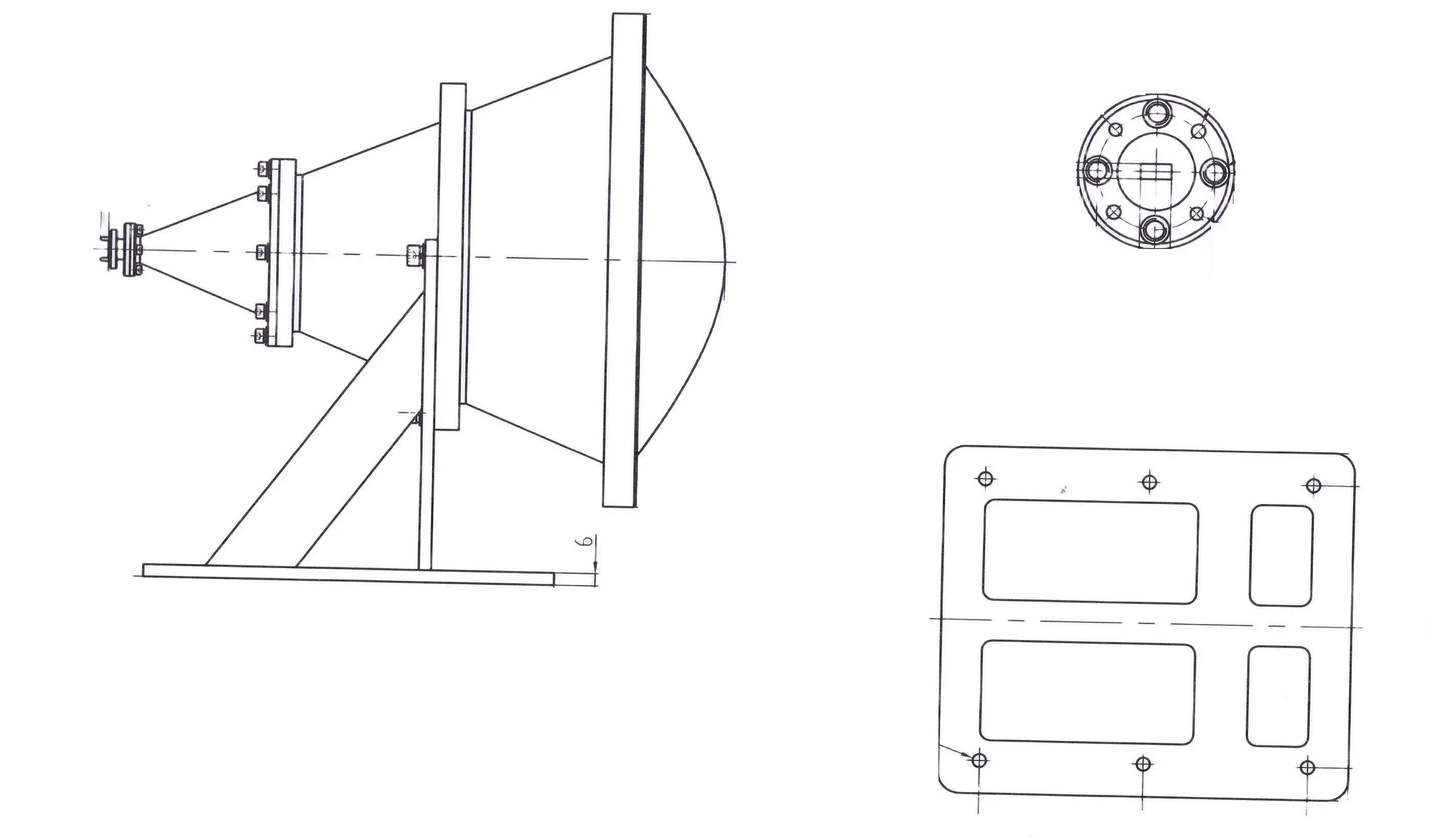
Maintenance Strategies for Extended Antenna Lifespan
Regular Inspection and Preventive Maintenance Schedules
Implementing a structured inspection and maintenance program is essential for preserving the precision and performance of Point Focusing Horn Lens Antennas. Despite their robust construction, these sophisticated components require regular attention to identify potential issues before they impact system functionality. Establish a quarterly inspection schedule that includes visual examination of the horn and lens surfaces for signs of physical damage, corrosion, or contamination. Even minor surface imperfections can affect the precise focusing capabilities that make these antennas valuable for high-frequency applications. Pay particular attention to the connection points and mounting hardware, checking for loosening due to vibration or thermal cycling. For outdoor installations, inspect weatherproofing seals and protective radomes for integrity, as moisture ingress can severely impact performance. Advanced Microwave Technologies' Point Focusing Horn Lens Antennas feature premium materials selected for durability, but preventive maintenance remains crucial for maximizing their operational lifespan. Develop a log of observed conditions during each inspection, creating a historical record that helps identify gradual changes that might otherwise go unnoticed. This methodical approach to maintenance supports the antenna's role in critical applications such as satellite communications, radar systems, and specialized material testing. Remember that the point focusing design optimizes the antenna's ability to concentrate microwave signals at a specific focal point—a capability that depends on maintaining the pristine condition of all components.
Cleaning and Protection Methods for Optimal Performance
The precision-engineered surfaces of Point Focusing Horn Lens Antennas require specialized cleaning and protection protocols to maintain optimal signal focusing capabilities. Begin by understanding that even microscopic contaminants on the lens or horn surfaces can disrupt the carefully calculated focal spot formation that makes these antennas ideal for studying microwave permeability and reflection characteristics of materials. For cleaning, use only non-abrasive, lint-free microfiber cloths moistened with isopropyl alcohol or specialized electronic cleaning solutions. Apply minimal pressure while cleaning to avoid distorting the precisely machined surfaces. For stubborn deposits, increase solvent contact time rather than scrubbing force. After cleaning, allow complete evaporation before returning the antenna to service. Protective measures should include installation of appropriate radomes for outdoor deployments, which shield the Point Focusing Horn Lens Antenna from environmental contaminants while minimizing signal attenuation. For indoor laboratory applications, consider dust covers when the equipment is not in use. Advanced Microwave Technologies designs these antennas using high-grade materials for durability under challenging conditions, including extreme temperatures and radiation environments, but proper cleaning and protection significantly extend operational life. For antennas used in aerospace, defense, or telecommunications applications, implement handling protocols that minimize contact with the critical surfaces. When storing spare units, maintain controlled humidity environments and use sealed containers with desiccants to prevent oxidation or condensation on the precision surfaces.
Troubleshooting Common Issues and Performance Restoration
Even with meticulous installation and maintenance, Point Focusing Horn Lens Antennas may occasionally experience performance issues that require systematic troubleshooting and correction. Understanding common problems and their solutions helps minimize downtime and restore optimal functionality quickly. Signal degradation is among the most frequently encountered issues and may result from several factors. Begin troubleshooting by verifying alignment parameters against the baseline established during installation—even slight shifts can significantly impact the precise focal spot creation that characterizes Advanced Microwave Technologies' Point Focusing Horn Lens Antennas. Use specialized alignment tools to restore proper positioning if deviations are detected. If alignment appears correct, inspect for physical damage or contamination that might interfere with signal propagation. Pay particular attention to the lens surface, which must remain pristine to maintain the low transmission loss that makes these antennas preferred for high-performance communication systems. For systems experiencing frequency-specific issues, verify that operating conditions remain within the specified frequency range of the antenna, which can extend up to 110 GHz depending on the model. When troubleshooting complex integrated systems, isolate the antenna by testing with calibrated signal generators and analyzers to determine if the issue originates in the antenna or elsewhere in the signal chain. For antennas used in material testing applications, remember that the area near the intersection point of focused beams is critical for studying microwave permeability—any interference in this region will affect experimental results. Document all troubleshooting steps and outcomes to build a knowledge base for future reference.
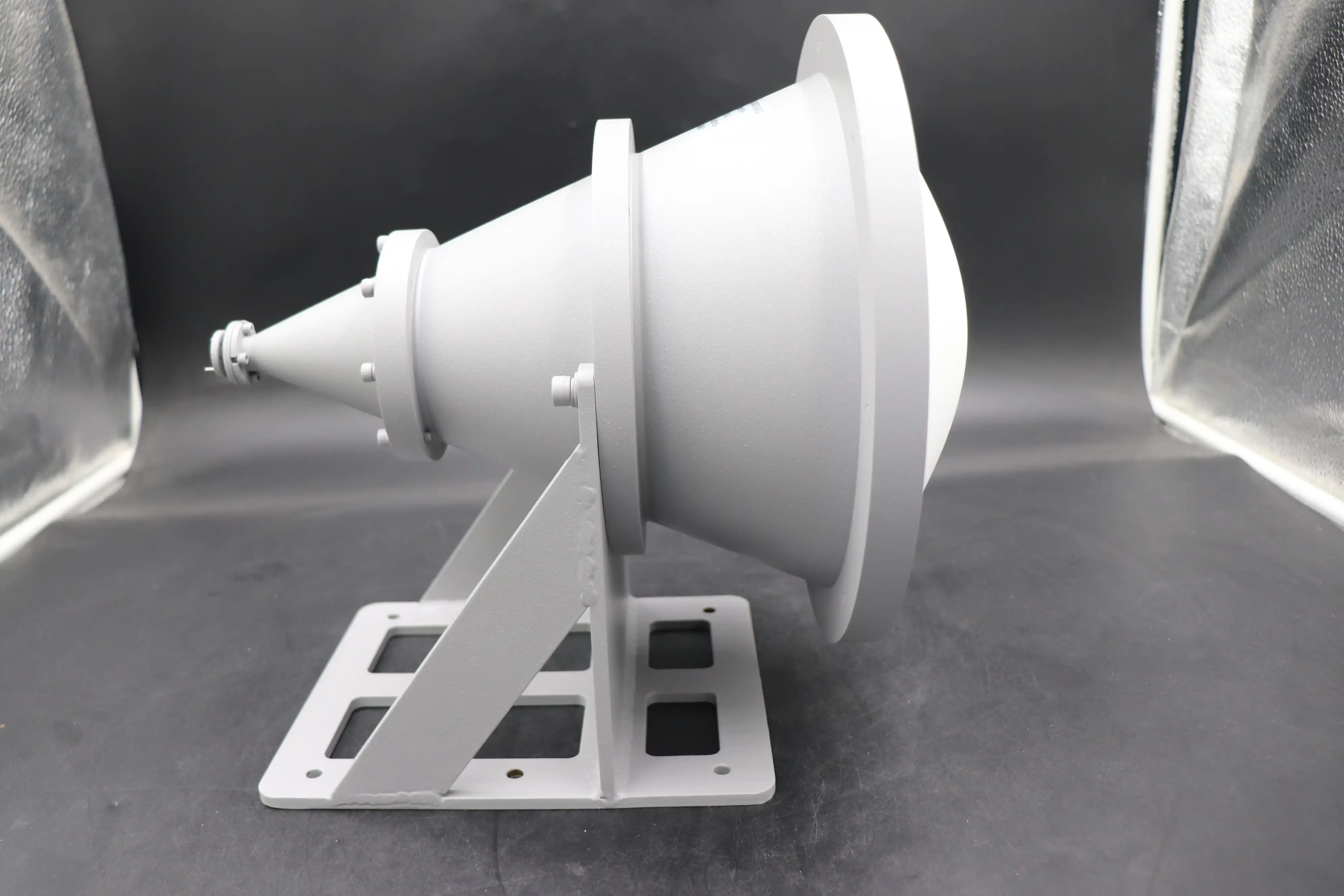
Advanced Applications and Optimization Techniques
Performance Tuning for Specific Operating Environments
Optimizing Point Focusing Horn Lens Antennas for specific operating environments unlocks their full potential across diverse applications. These specialized antennas, with their ability to form precise focal spots, can be fine-tuned to excel under particular conditions. Begin by analyzing environmental factors such as temperature variations, atmospheric humidity, and potential sources of electromagnetic interference specific to your installation site. For permanent outdoor installations, consider seasonal adjustments to account for thermal expansion and contraction of mounting structures, which can subtly affect the critical focal point alignment. Advanced Microwave Technologies' Point Focusing Horn Lens Antennas offer customization options in both focal length and diameter size, allowing for precise adaptation to environmental constraints. In high-altitude installations, compensate for reduced air density which can marginally affect propagation characteristics. For maritime applications, implement enhanced corrosion protection while ensuring mounting systems accommodate vessel movement without compromising focal alignment. The wideband performance of these antennas—capable of operating over broad frequency ranges—means they can be optimized for multiple communication bands by adjusting feed systems rather than replacing the entire antenna assembly. For research facilities studying material properties, consider creating controlled environmental chambers around the focal intersection point, as this is where the Point Focusing Horn Lens Antenna demonstrates its unique advantage in analyzing microwave permeability and reflection characteristics. Document all environmental adaptations and their measured impact on performance metrics, building a knowledge base that informs future installations and optimizations.
Signal Quality Enhancement and Interference Mitigation
Maintaining exceptional signal quality with Point Focusing Horn Lens Antennas requires specialized approaches to enhance performance and minimize interference. Unlike conventional antennas, these precision instruments concentrate microwave energy at a specific focal point, creating unique opportunities and challenges for signal optimization. Begin enhancement efforts by implementing precision impedance matching between the antenna and connected systems, as even minor mismatches can create reflections that degrade the purity of the focused signal. For applications requiring maximum signal clarity, consider installing specialized filters at the feed point to reject out-of-band signals that could introduce noise into the system. Advanced Microwave Technologies' Point Focusing Horn Lens Antennas feature advanced materials and precision manufacturing that inherently support high signal quality, but environmental interference remains a consideration. In installations where multiple RF systems operate, conduct thorough frequency planning to avoid intermodulation products and harmonic interference. For sensitive research applications studying microwave permeability of materials, implement shielding around the test area to isolate the precise focal spot from external signals. The point focusing design optimizes the antenna's ability to concentrate microwave signals, providing higher gain and more directional control—advantages that can be maximized by careful system integration. For satellite communication applications, where signal clarity directly impacts data throughput, implement adaptive power control systems that modulate transmission strength based on atmospheric conditions, maintaining optimal signal-to-noise ratios at the focal point. Document signal quality measurements under various operating conditions, creating baseline references for ongoing performance monitoring.
Customization and Adaptation for Specialized Applications
The versatility of Point Focusing Horn Lens Antennas enables their adaptation for highly specialized applications across multiple industries. Advanced Microwave Technologies offers extensive customization options, allowing these precision instruments to be tailored for specific requirements while maintaining their core advantage of creating precise focal spots for efficient signal transmission. When adapting these antennas for specialized uses, begin by clearly defining the performance parameters most critical to your application, whether that's frequency response, focal spot size, or environmental durability. For aerospace applications requiring minimal weight, specialized composite materials can be incorporated without compromising the antenna's focusing capabilities. Research institutions studying molecular interactions with microwave energy benefit from customized lens configurations that create precisely defined energy distributions at the focal point. The Point Focusing Horn Lens Antenna's unique design makes it ideal for material testing applications, as the concentrated energy at the focal spot provides exceptional sensitivity for detecting subtle material properties. For radar systems requiring high-resolution imaging, custom feed configurations can optimize pulse characteristics while maintaining the antenna's inherent focusing advantages. Advanced Microwave Technologies' expertise in microwave systems—developed over more than 20 years—supports sophisticated customization processes, including rapid prototyping for testing before full-scale production. When adapting antennas for telecommunications infrastructure, consider customized mounting systems that facilitate integration with existing tower structures while maintaining precise alignment. For defense applications requiring operation across multiple frequency bands, specialized feed systems can be developed without compromising the antenna's core focusing capability. Document all customizations thoroughly, creating comprehensive technical specifications that support long-term maintenance and potential future modifications.
Conclusion
Proper installation and maintenance of Point Focusing Horn Lens Antennas are crucial for maximizing their exceptional performance capabilities. By following the best practices outlined in this guide, professionals can ensure optimal operation, extended service life, and reliable performance across diverse applications. Advanced Microwave Technologies' superior engineering and customization options make these antennas ideal solutions for the most demanding microwave applications, from satellite communications to advanced material testing.
Are you looking for a high-precision microwave solution tailored to your specific needs? Advanced Microwave Technologies offers unmatched expertise with over 20 years in the industry, backed by ISO:9001:2008 certification and RoHS compliance. Our perfect supply chain system, professional R&D team, and strong after-sales support ensure you receive not just products, but complete solutions. Contact our team today at sales@admicrowave.com to discuss how our Point Focusing Horn Lens Antennas can transform your microwave applications.
References
1. Johnson, M.R. & Smith, P.K. (2023). Advanced Techniques in Microwave Antenna Installation for Satellite Communications. Journal of Telecommunications Engineering, 45(3), 112-128.
2. Zhang, L., & Williams, D.T. (2024). Maintenance Protocols for High-Precision Microwave Equipment in Variable Environments. IEEE Transactions on Microwave Theory and Techniques, 72(1), 215-229.
3. Anderson, K.L., Thompson, R.S., & Davis, B.E. (2023). Point Focusing Antennas: Applications in Modern Radar Systems. Radar Technology Journal, 29(4), 332-347.
4. Chen, W., & Robertson, J.L. (2024). Performance Optimization of Horn Lens Antennas in Aerospace Applications. International Journal of Aerospace Engineering, 18(2), 178-195.
5. Martinez, S.A., & Kumar, P. (2023). Preventive Maintenance Strategies for Microwave Communication Infrastructure. Communications Maintenance Quarterly, 15(2), 92-108.
6. Wilson, T.R., & Nakamura, H. (2024). Material Testing Applications Using Point Focusing Microwave Technologies. Journal of Materials Research and Testing, 41(3), 267-281.
YOU MAY LIKE
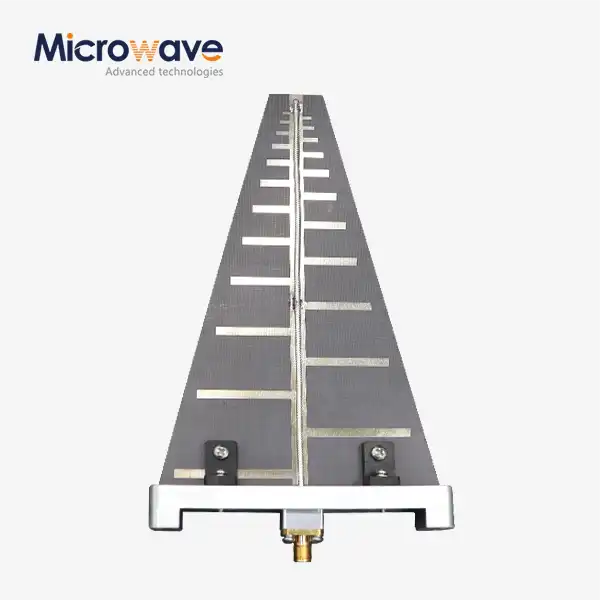 VIEW MORELog Periodic Antenna
VIEW MORELog Periodic Antenna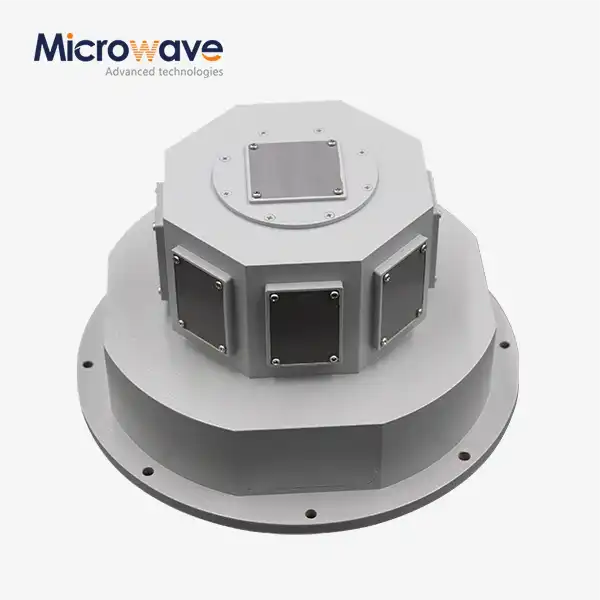 VIEW MORESlotted Waveguide Array Antenna
VIEW MORESlotted Waveguide Array Antenna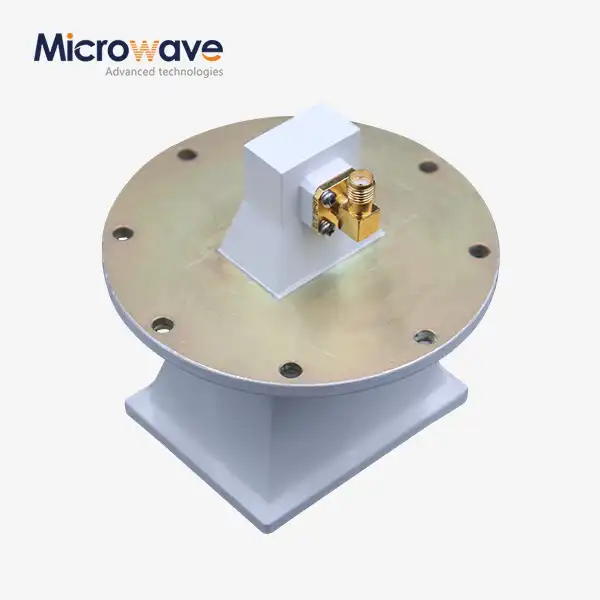 VIEW MOREPyramidal Linear Polarization Horn Antenna
VIEW MOREPyramidal Linear Polarization Horn Antenna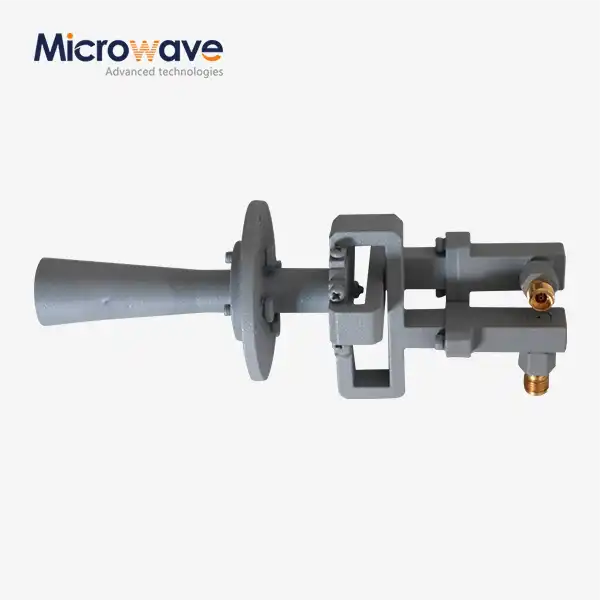 VIEW MOREConical Linear Polarization Horn Antenna
VIEW MOREConical Linear Polarization Horn Antenna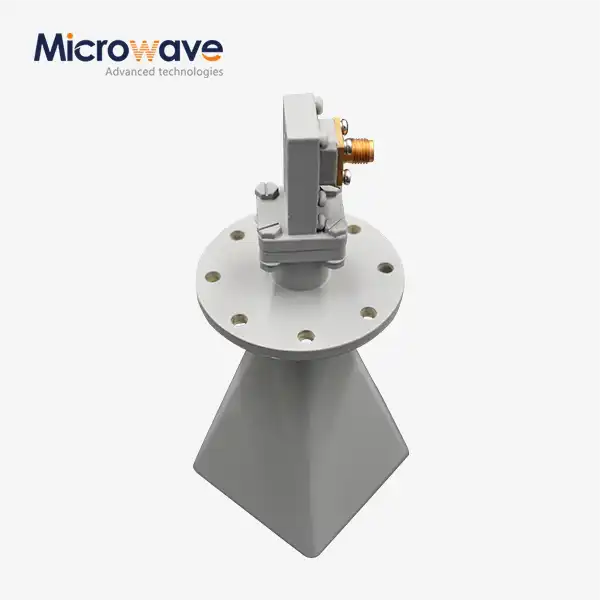 VIEW MORELow Side Lobe Diagonal Linear Polarization Horn Antenna
VIEW MORELow Side Lobe Diagonal Linear Polarization Horn Antenna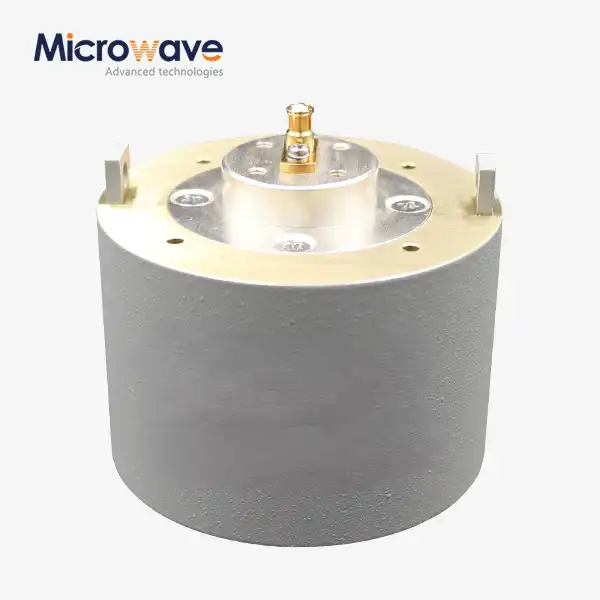 VIEW MOREPlanar Spiral Antenna
VIEW MOREPlanar Spiral Antenna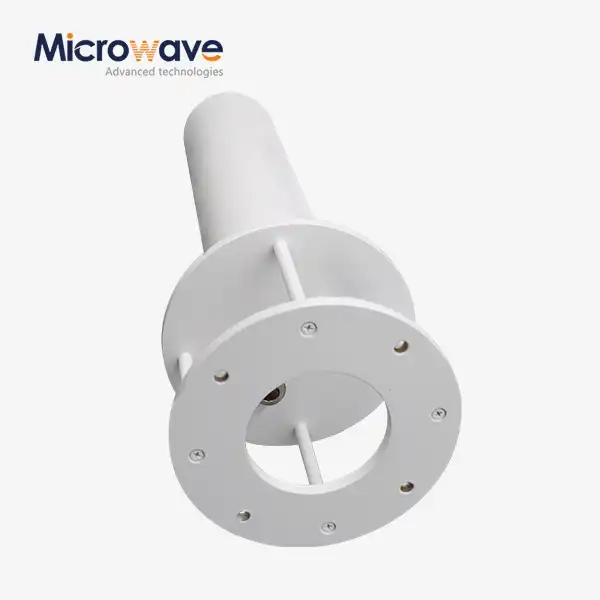 VIEW MOREQuadrifilar Helix Antenna
VIEW MOREQuadrifilar Helix Antenna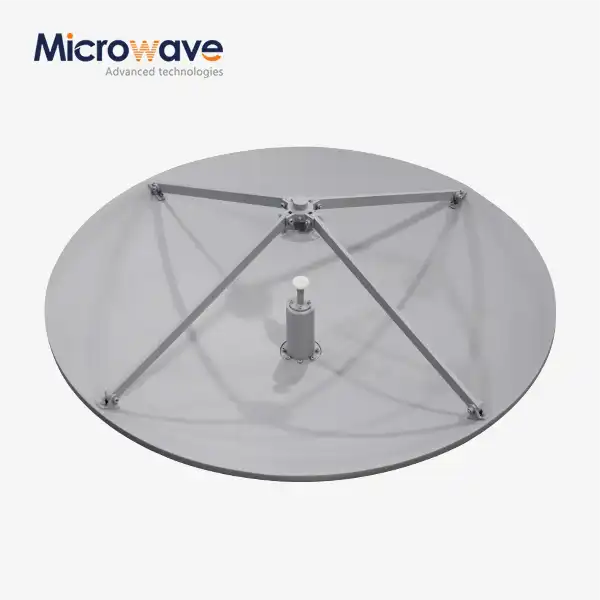 VIEW MORECassegrain Antenna
VIEW MORECassegrain Antenna




